Reviewed by Julianne Ngirngir
Ever notice how the tech world gets collectively obsessed with certain colors? Remember when everyone and their grandmother wanted that Really Blue Pixel XL back in 2016? Well, buckle up—Google's upcoming Pixel 10 Pro Fold might just trigger another color craze, and this time, blue could become the new black in the foldable game.
Here's what's brewing: While Samsung dominates the foldable market with a 90% volume share, they've been playing it safe with colors. The Galaxy Z Fold 6 comes in predictable options like Silver Shadow, Navy, and Pink. But Google? They're rumored to be taking a different approach with the Pixel 10 Pro Fold, expected to launch in August 2025 in just two colors: Moonstone and Jade. That's right—no basic black option in sight.
This constraint-based approach signals Google's shift from market-following to market-making—exactly what foldables need to escape the "specs and features" commodity trap that's kept the category at just 1% of total smartphone ownership.
The art of making less feel like more
Sound familiar? Google's mastered the psychology of scarcity when it comes to colors. The Really Blue Pixel sold out within minutes, proving that smartphone buyers don't just want choices—they want exclusive choices. Later, when the mint Pixel 8 was exclusively available from the Google Store with only 128GB storage, the artificial constraints created urgency that broad availability couldn't match.
The leaked color limitations for the entire Pixel 10 lineup reveal Google's getting even more strategic. According to recent information, certain colors will only be available in specific storage configurations. For the Pixel 10 Pro Fold, Moonstone gets the full treatment with 256GB, 512GB, and 1TB options, while Jade is limited to just 256GB and 512GB. This isn't just logistics—it's premium brand positioning disguised as supply chain management.
But here's why this matters now: With 55% of foldable owners switching back to conventional smartphones when upgrading, these early adopters represent both Google's biggest opportunity and highest risk. They're willing to pay premium prices but also bring heightened scrutiny where every design choice—including color—must justify the investment.
Why blue might be the secret weapon
Let's talk about Moonstone for a second. While Google hasn't officially revealed what this color looks like, history suggests it'll be some variation of blue or blue-adjacent. And blue? It's having a moment in the foldable world. Samsung's Galaxy Z 6 series just set pre-order records, with "Blue Shadow" being the most popular color across both the Fold and Flip models.
There's psychology at play here. Blue conveys trust, reliability, and innovation—exactly what you want people to associate with a $1,600+ foldable device. But Samsung's Blue Shadow success proves market appetite while revealing opportunity: their volume-game approach means safe, broadly appealing shades. Google's boutique strategy can push boundaries with more distinctive blues that create emotional attachment rather than mass appeal.
The timing couldn't be better either. With the Pixel 10 Pro Fold expected to start around $1,600—potentially undercutting the current $1,799 Pixel 9 Pro Fold—Google needs visual differentiation to justify the premium while making the price seem more palatable.
Think of it like this: blue works differently for foldables than traditional smartphones. On a regular phone, blue can feel playful or casual. On a device that unfolds into an 8-inch tablet, sophisticated blues signal serious productivity tools wrapped in approachable design. It's the perfect bridge between "cutting-edge tech" and "I can actually use this every day."
The bigger picture: Making foldables feel special again
Here's where things get interesting. The Pixel 10 Pro Fold will reportedly feature the new Tensor G5 chip built on TSMC's 3nm process, a 5,015mAh battery compared to the previous 4,650mAh, and possibly IP68 water and dust resistance. But specs don't sell phones to regular people—emotions do.
Consider this crucial data point: 25% of current iPhone owners planning to buy a new phone in the next six months say they want a foldable. These iPhone switcher prospects bring expectations shaped by Apple's design restraint—they're primed for Google's "fewer, better choices" approach over Samsung's breadth-focused color palettes.
Google's betting that by offering just two carefully curated colors, they can position the Pixel 10 Pro Fold as a luxury object first, tech gadget second. It's the same playbook that made the black and white "Panda" Pixel 2 XL "the most recognizable Pixel to date," complete with that iconic orange power button.
What this means for the rest of us
The Pixel 10 Pro Fold's color strategy isn't just about this one device—it's about changing how we think about foldables entirely. Right now, the category feels very much like "phones that happen to fold." But what if they felt more like "luxury items that happen to be incredibly smart phones"?
Google's clearly banking on the transformation. The leaked renders show a device very similar to the Pixel 9 Pro Fold, suggesting this is more evolutionary update than revolutionary redesign. But sometimes the revolution happens in the details—like establishing sophisticated blues as the new premium standard, or making two perfectly curated choices feel more desirable than five committee-designed options.
The real test? Whether limiting colors actually drives demand or simply limits sales. Google's track record with color exclusives is mixed. The Really Blue sold out instantly but was only available in the US. The Oh So Orange Pixel 4 became a "sleeper hit" with prices staying high on the secondary market years later.
With foldables, the stakes are higher. This isn't a $699 phone where people might impulse-buy a fun color. At $1,600+, every decision matters. But if Google can make Moonstone and Jade feel like the only colors that matter? Well, that's when blue becomes the new black, and everyone else starts playing catch-up.
Having tested every major foldable this year, the importance of color in justifying premium pricing becomes immediately apparent when you're explaining a $1,600 purchase decision to yourself—or your partner. Google seems to understand that in a category where 55% of owners return to regular phones, making people fall in love with how their device looks might be just as important as how it performs.
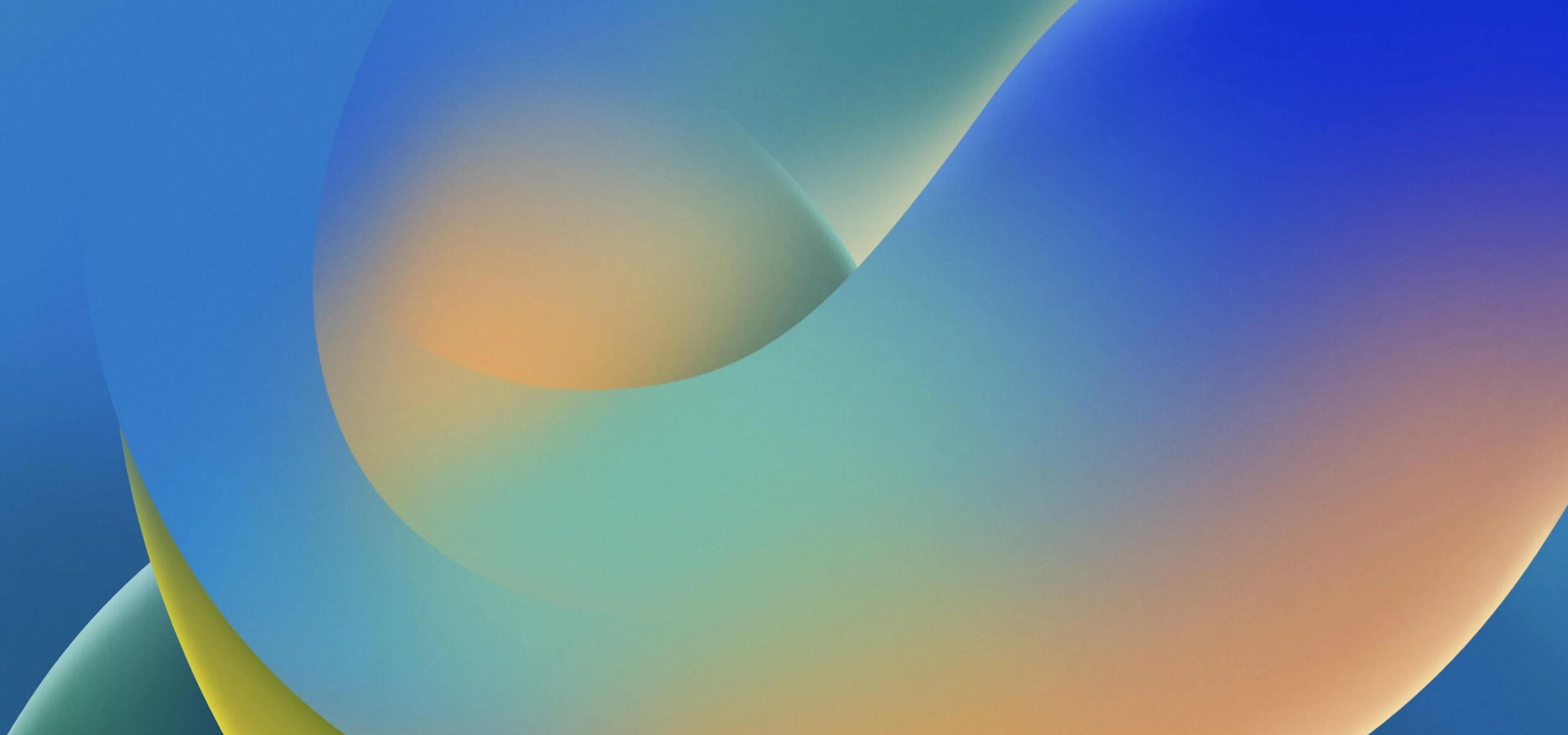



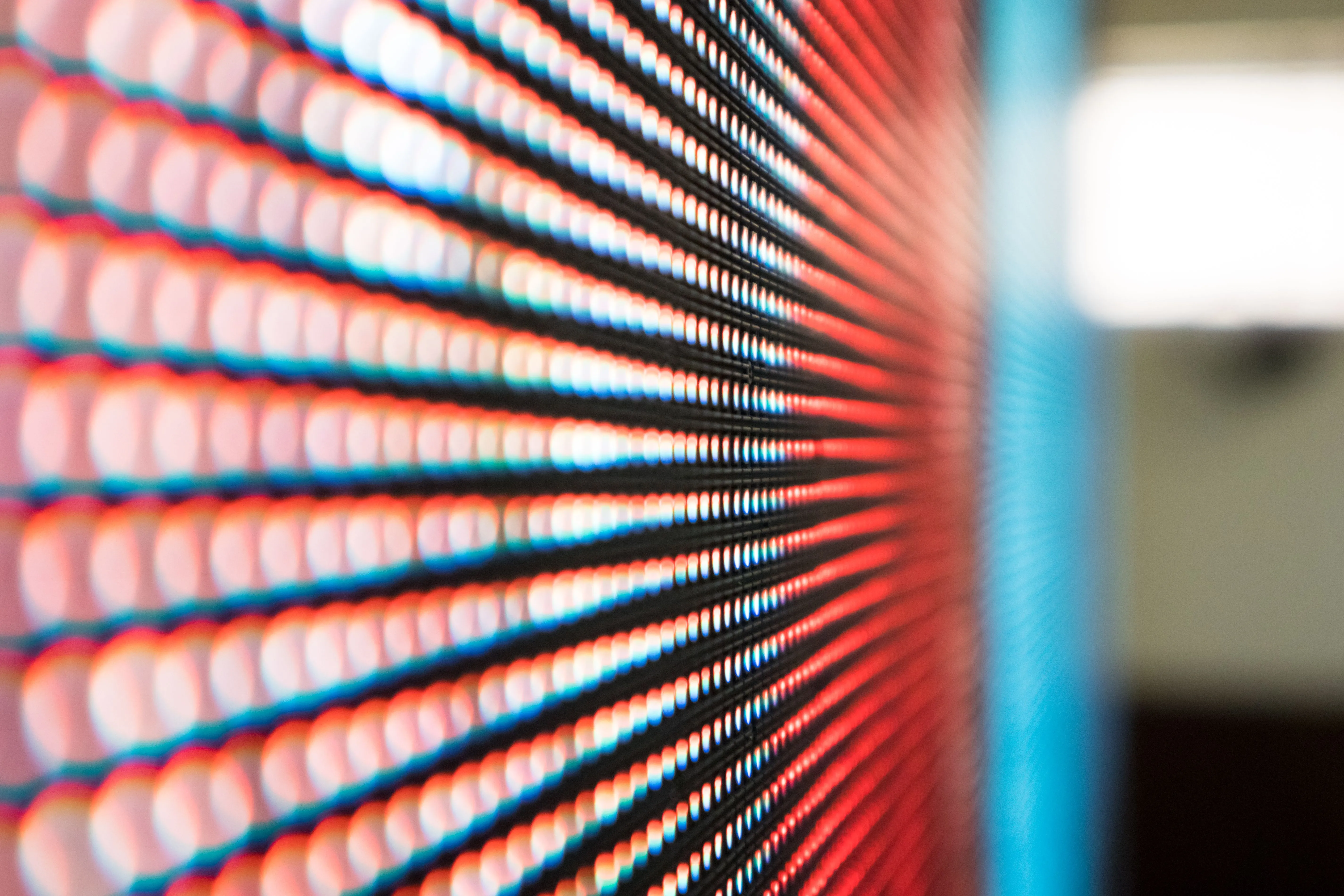
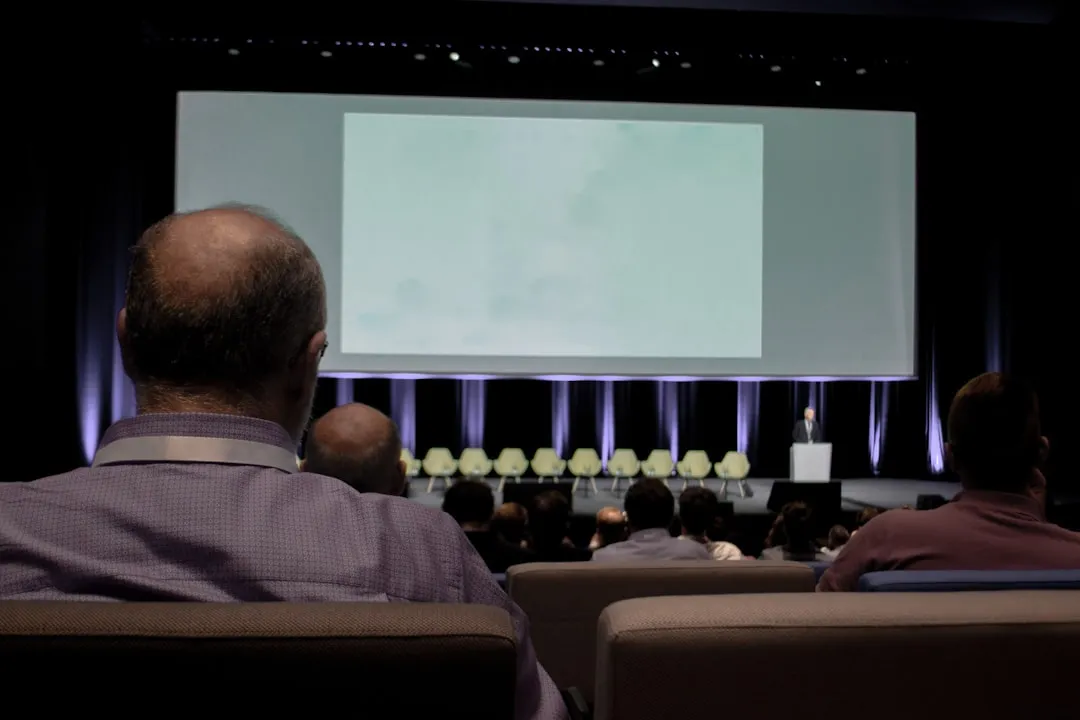
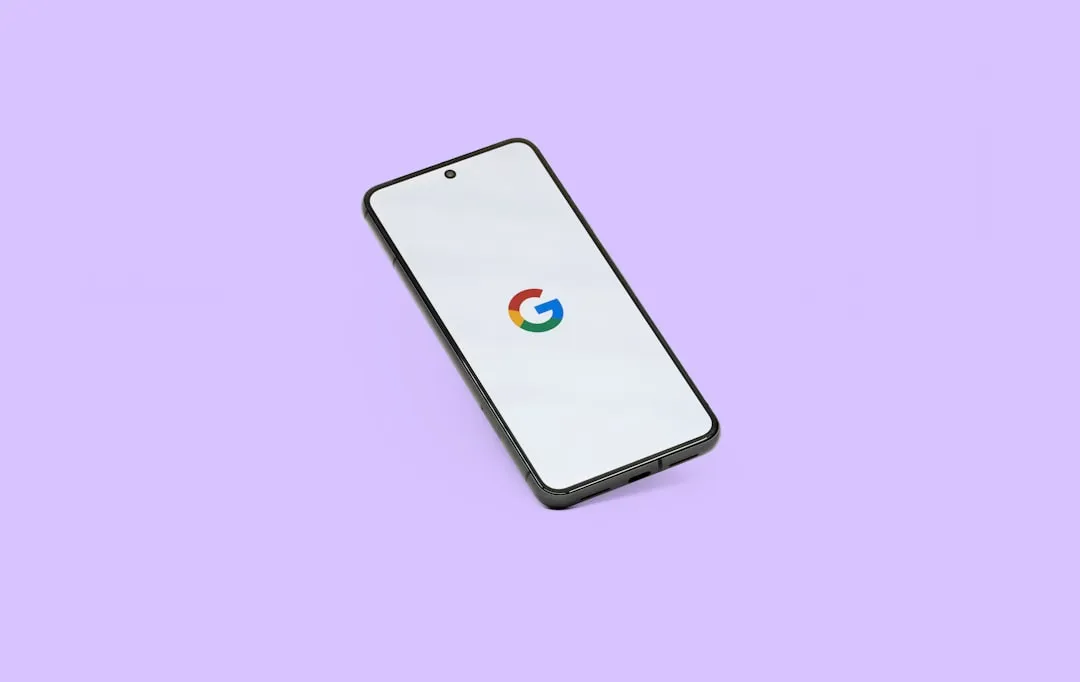

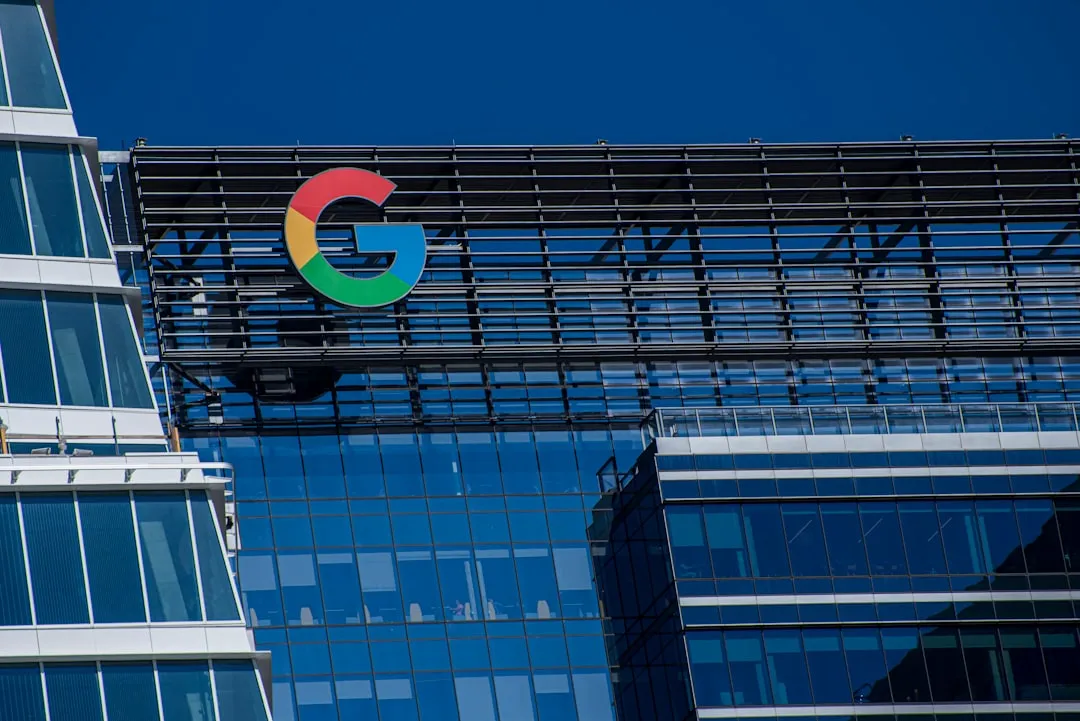
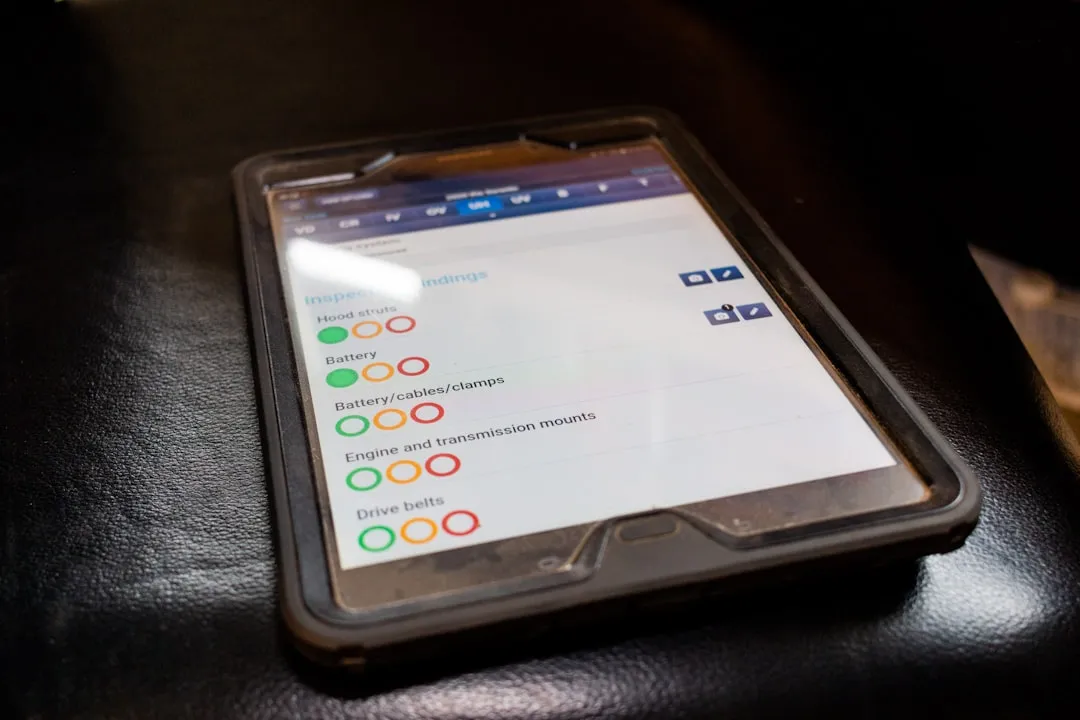


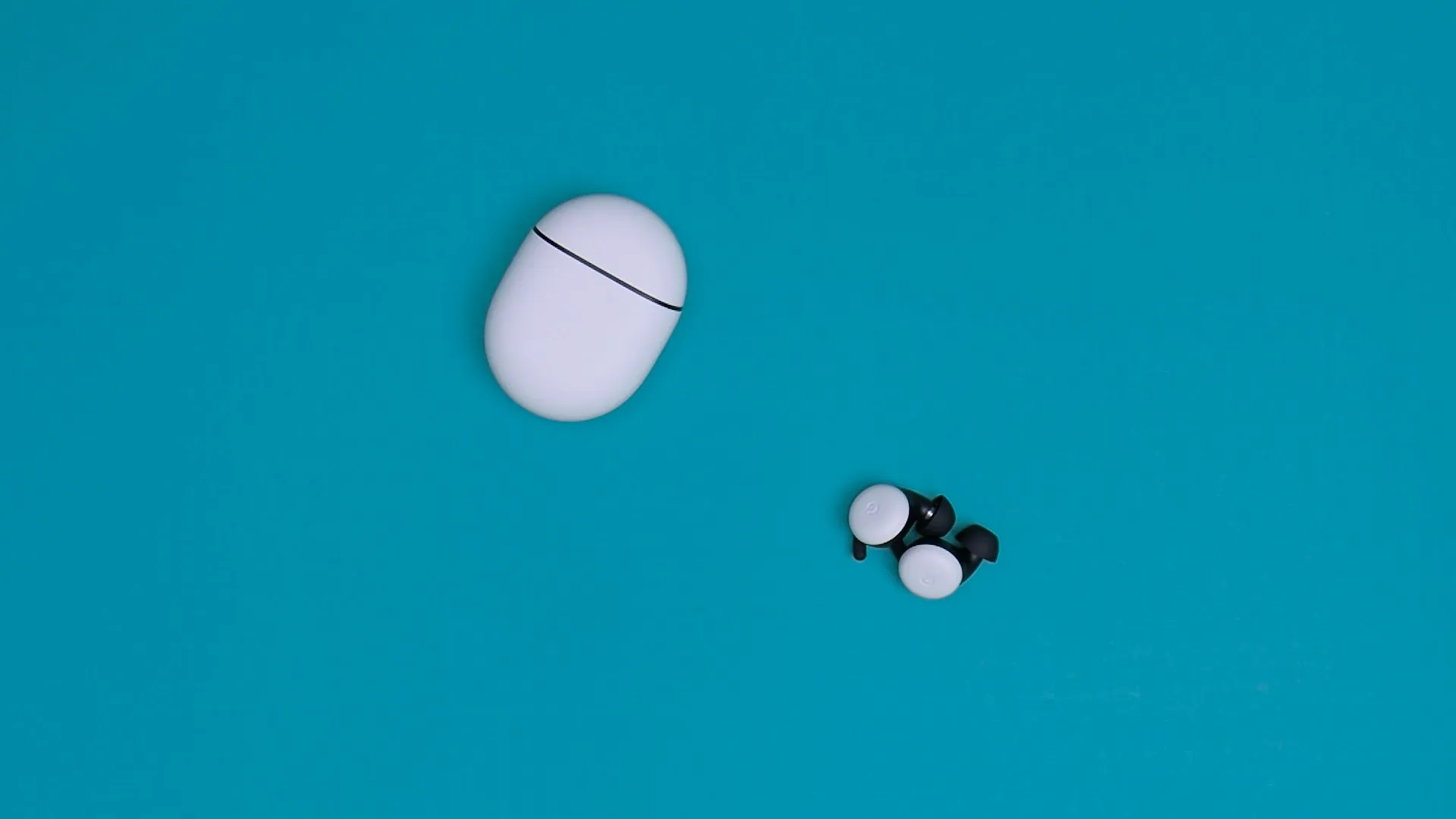

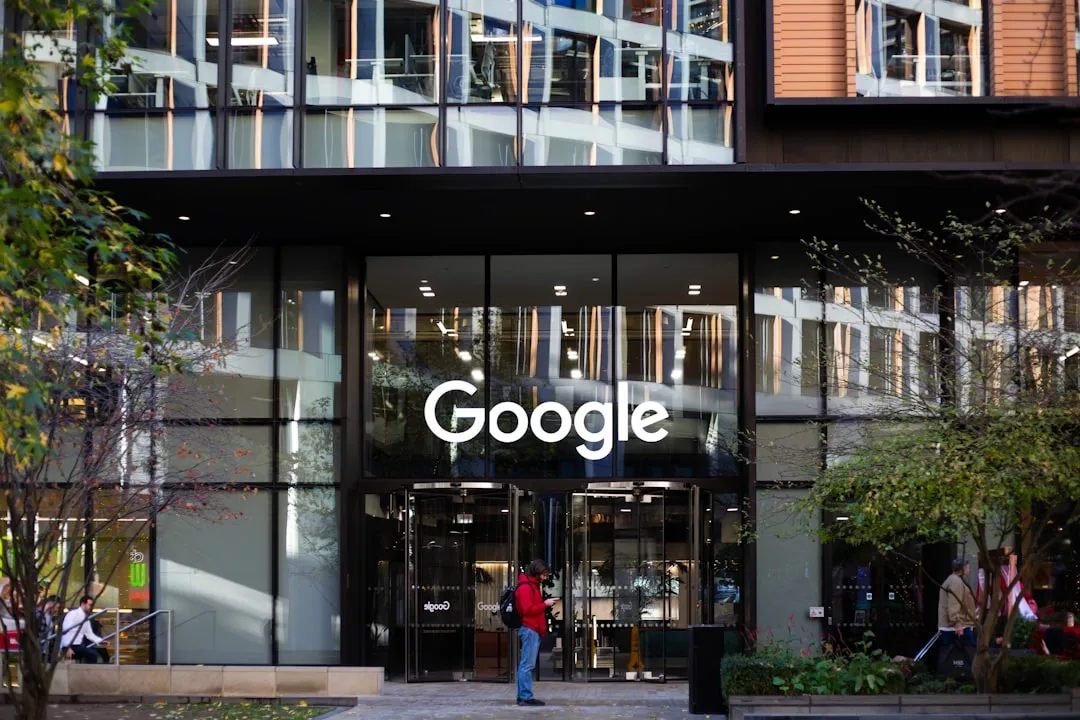
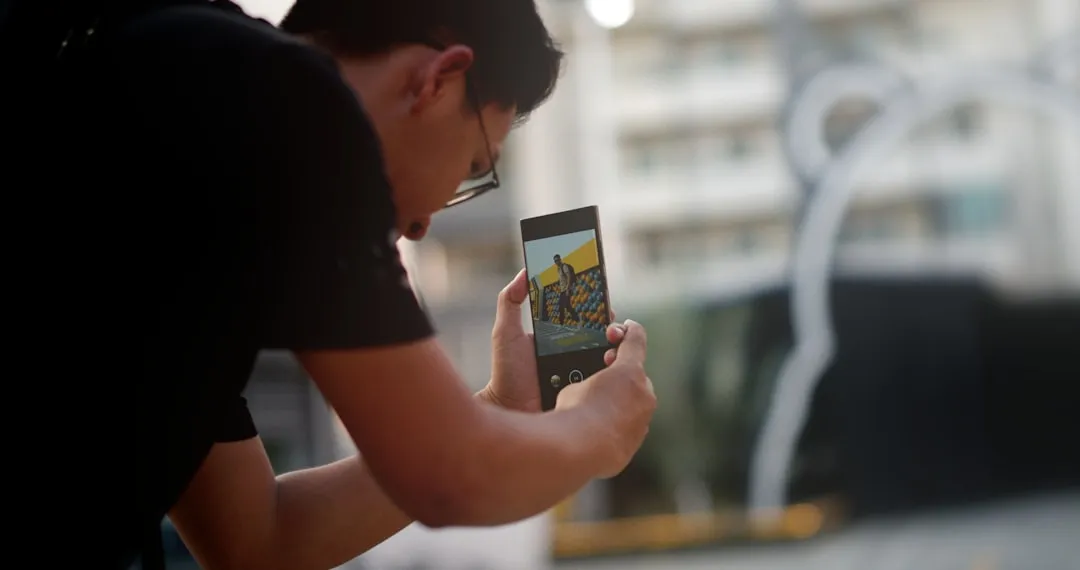

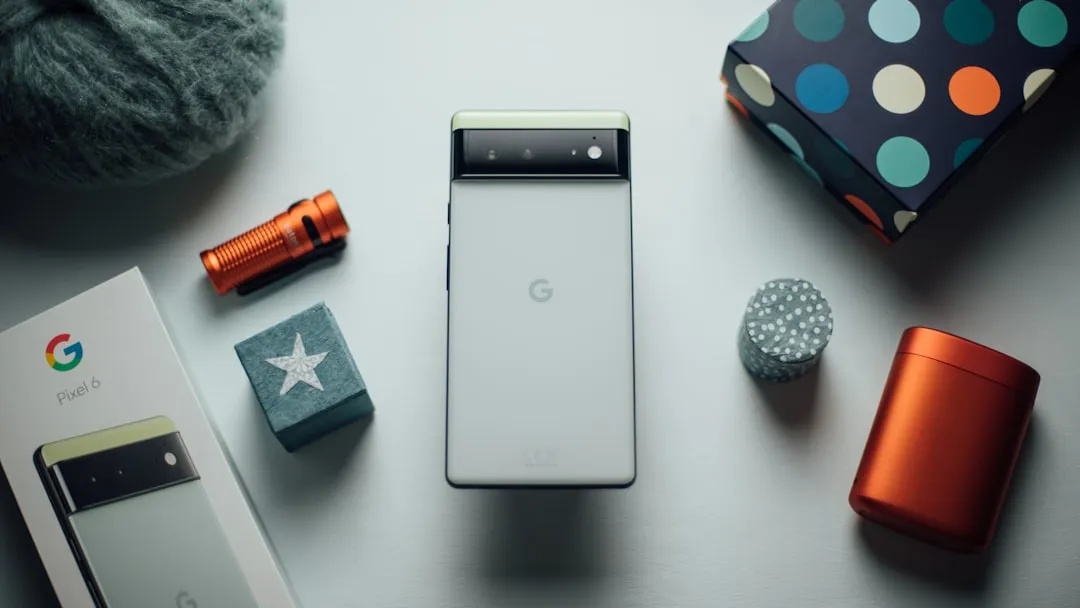
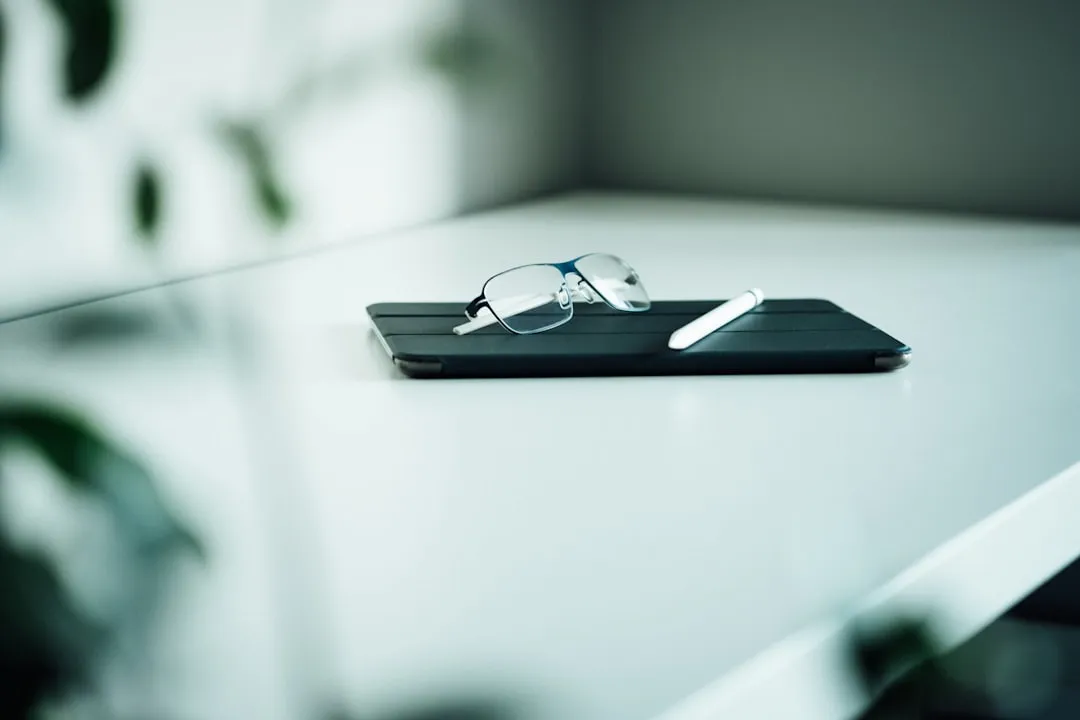
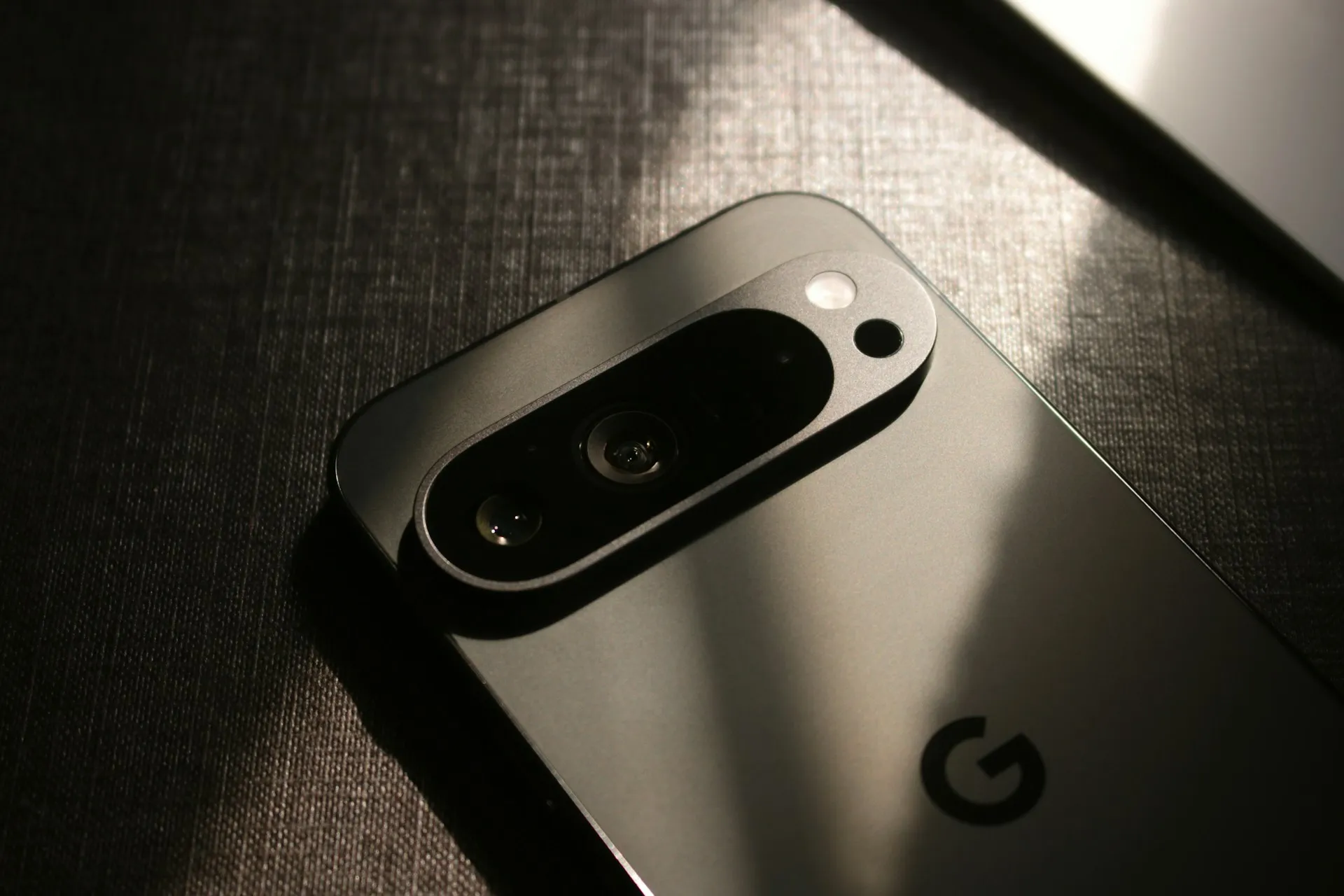
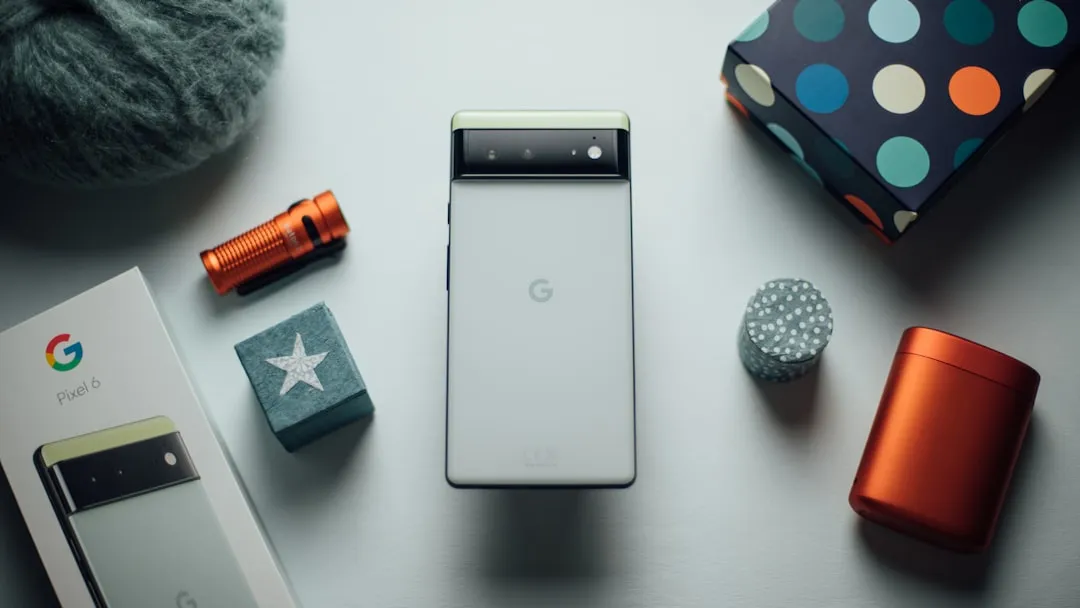
Comments
Be the first, drop a comment!